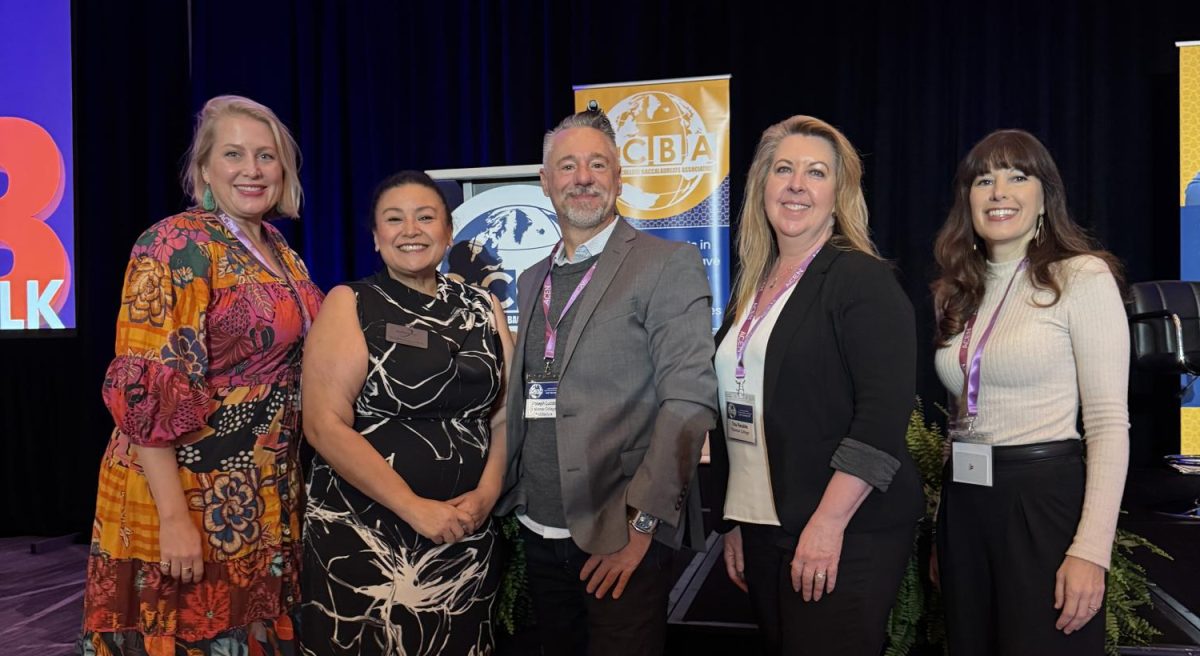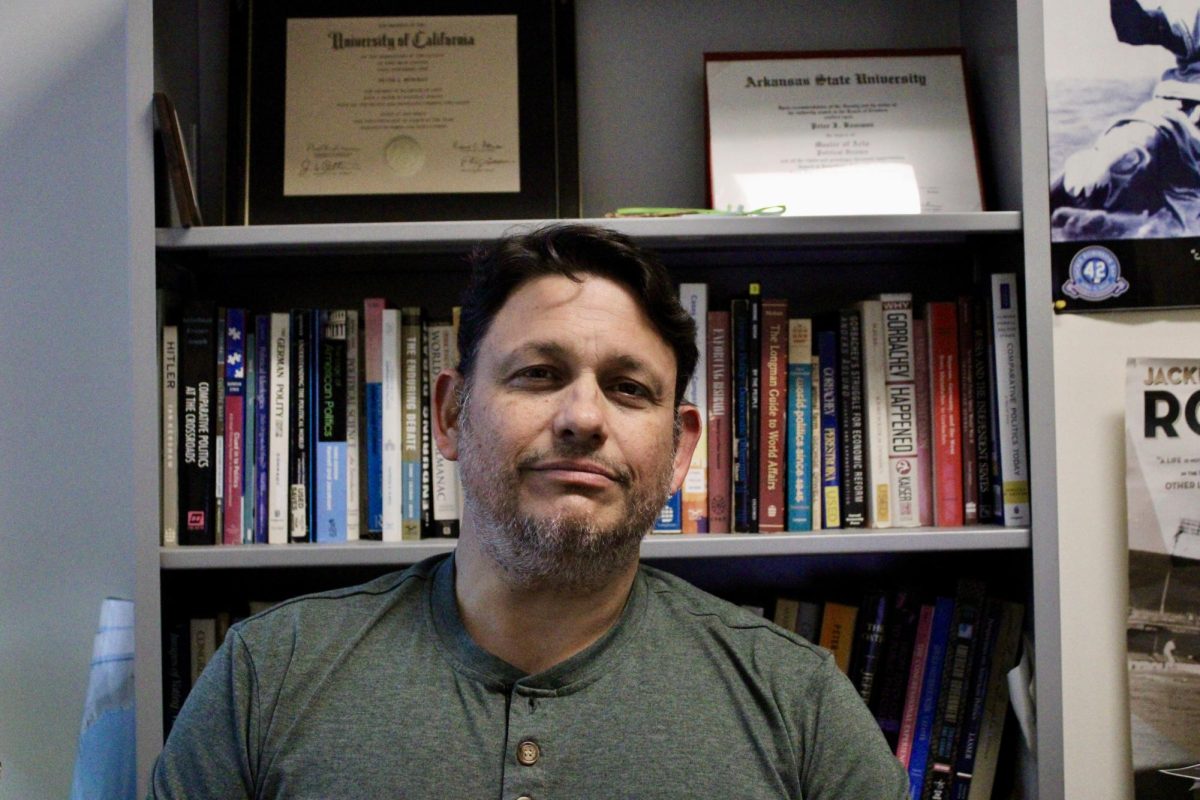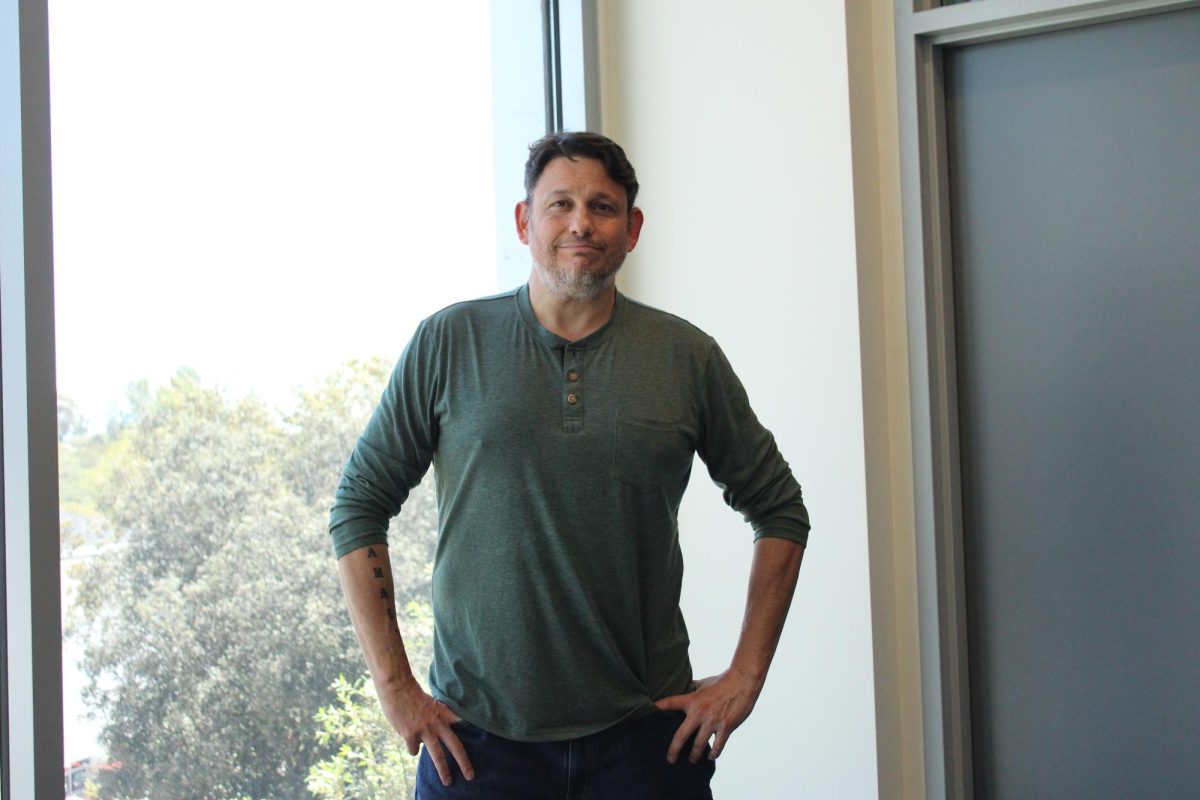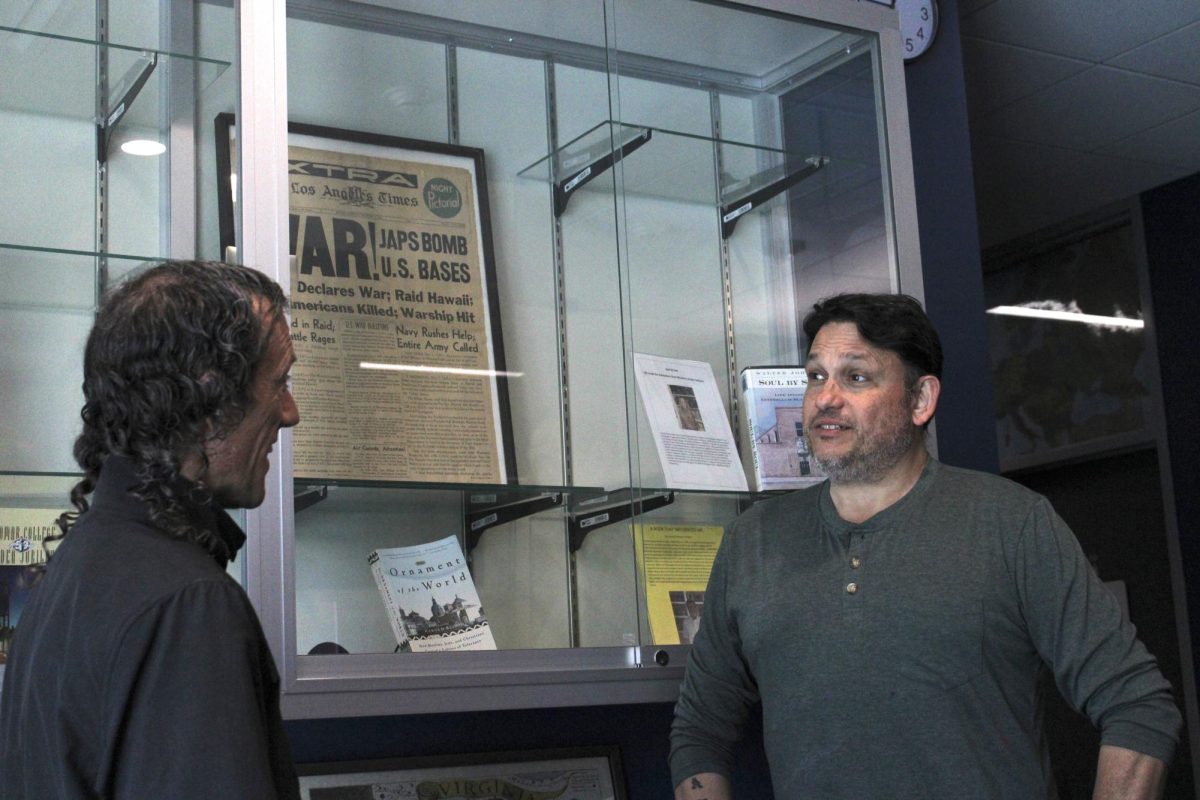While most high school students still plan to go the traditional route of attending four-year colleges and universities after graduation, a significant number say they are open to the idea of attending community colleges and technical schools.
The Washington, D.C.-based College Savings Foundation’s fifth annual “How Youth Plan to Fund College” survey of high school students across the country found many are broadening their perception of what higher education means. One in five, or 21 percent, said they think of vocational or career schools in the same way they think of public or private college.
Prior surveys did not ask that question, so there is no way to compare past attitudes toward community college and vocational schools.
“We definitely are seeing an increase in student enrollment in our career technical programs,” Berta Cuaron, vice president of Instructional Services at Palomar College said. “That’s not necessarily unusual when unemployment decreases.”
Cost continues to be a hot topic for families and students — a reality reinforced earlier this month when President Barack Obama issued an executive order attempting to ease loan-related stresses many face following graduation from college or other post-high school educational programs.
Obama signed an executive order last week that would allow millions of people to cap their monthly student loan payments at 10 percent of their income, as well as reducing payments for others.
The Consumer Financial Protection Bureau has reported that student loan debt has reached a new milestone, crossing the $1.2 trillion mark — $1 trillion of that in federal student loan debt.
The College Savings Foundation’s survey showed 76 percent of high school students said the price tag associated with higher education will affect their college choice, and 71 percent plan to choose a more affordable option.
The College Savings Foundation’s survey showed 76 percent of high school students said the price tag associated with higher education will affect their college choice, and 71 percent plan to choose a more affordable option.
According to the 2014 World Almanac and Book of Facts, the average annual cost of tuition and fees at two-year institutions in the U.S. from 2011 to 2012 was $13,879 versus $23,479 for tuition and fees at four-year institutions.
A main focus of the College Savings Foundation is building public awareness and providing public policy support for 529 savings plans, which have grown in popularity as a way to save for college. The foundation’s members include investment managers, law firms, accounting firms and nonprofit agencies that sponsor or administer 529 plans.
College Savings Foundation members reported holding a record $143 billion in 529 plan assets, or about 68 percent of the total 529 marketplace assets of $210 billion, according to the foundation’s first-quarter financial report.
While four-year institutions often focus on teaching students critical thinking skills such as how to analyze, solve problems and do research, vocational schools and community colleges tend to prepare graduates to jump right into a specific occupation. Community colleges also have a history of working closely with employers to offer job training programs focused on serving industries important to the local economy.
Part of the beauty of community colleges and vocational schools is that they can help students pursuing a bachelor’s degree to obtain one more inexpensively and they can even help people who already have a bachelor’s degree obtain a new set of job skills.
People who are employed oftentimes take a class or two at a community college because they’re wanting to improve their skills within the field that they’re working in, Palomar’s Cuaron said, or they’re looking to continue their education or make a career change.
Community colleges offer certificate programs that only last three to six months, as well as two-year associate degree programs.
A growing number of students are taking advantage of Two-Plus-Two programs, in which they start their higher education studies at a two-year community college and finish the last two years at a four-year college. Some four-year institutions will guarantee admission to community college students as long as certain conditions are met, such as grade point average minimums.
“All of our technical degrees lead to an associates degree, which opens the door for a student to move on to a four-year,” Cuaron said.
“While they may not do that immediately, they still have all of the general education requirements as well as the technical classes so they can really go two directions,” Cuaron added. “They can go ahead and go straight into the workforce and secure a job, or do that as well as choosing to continue their education.”
Contributed by Mike Peterson







